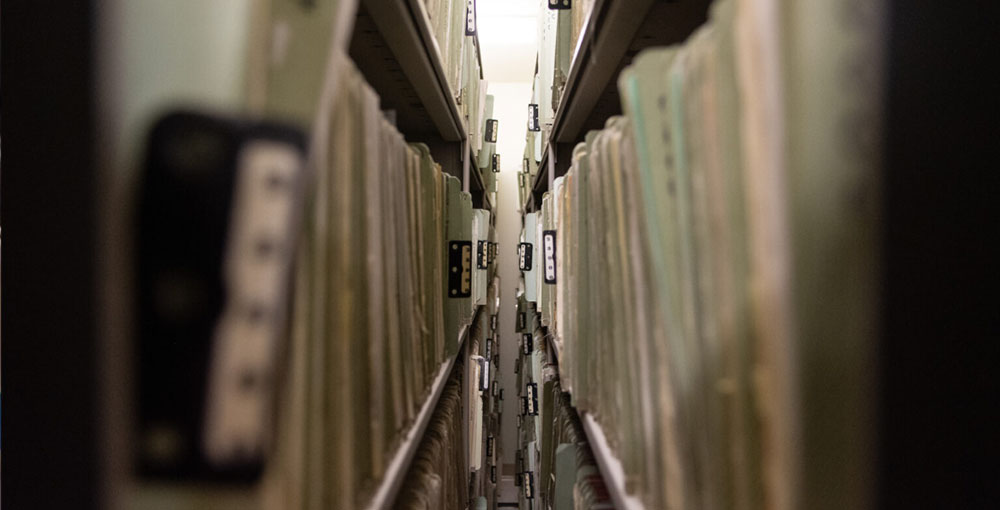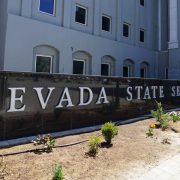In the basement of Winnemucca’s historic courthouse, walking distance to the Humboldt River, is a vault containing water records dating back at least a century, when officials started to divide up the roughly 330-mile river that stretches across central Nevada from Wells to Lovelock.
Such documents — maps, court decree files and state reports — are not just historic artifacts. In many cases, they offer the original record outlining how to manage water rights in Nevada. Like in much of the West, the right to use water is rooted in history. Those with the oldest, or “senior,” claims to water are given a priority to use water in times of shortage: “First in time, first in right.”
To lose those documents is to lose not only a part of this history, but a blueprint for managing water.
It’s why it was so concerning when some of these courthouse records were nearly destroyed last year. According to Humboldt County Clerk Tami Spero, a staffer was pulling a file from the water records “vault” when she noticed it looked wet. Moisture had seeped into the vault, and it had damaged maps associated with the court decrees that first allocated the Humboldt’s water.
“It’s very, very rare that those maps would even come out of those drawers,” Spero said.
Spero said she ran to the basement, saw the moisture for herself and contacted one of the state officials who helps manage the Humboldt River. Together, they were able to salvage the maps.
But the incident last year underscored the compelling case — for both Spero and officials at the Nevada Division of Water Resources — to digitize historical water documents, currently held in courthouses across the state and in Carson City, often consisting of just a single paper copy.
Over the next few years, state officials are looking to fix the problem.
“The goal is to digitize as much as we can,” said Micheline Fairbank, deputy director of the division, as she walked between shelves of printed water maps. “There’s a lot of historical stuff in here.”
The central repository for state water records is on the second floor of a state building in Carson City. Here, in the Division of Water Resources, are stacks and stacks of records, so packed that staff have used clever storage systems, such as swivel cabinets and mobile bookshelves.
Using $1.3 million in funding from the American Rescue Plan Act, Fairbank said the state’s plan is to digitize as much of the office’s public records as possible — and at the very least review the voluminous information at the office: Administrative records, which can number hundreds of pages. Hearing transcripts. Official state reports on water (the agency’s office is filled with notes, surveys and correspondence stored in bookshelves). Maps. Well logs. Dam files.
“The idea is to do this in the next three to four years,” she said.







